NymphCC software controller/editor for Dreadbox Nymphes with added CV control and Polychaining
Tim Shoebridge has bypassed the Shift function by releasing a software editor and controller for the Nymphes polysynth that runs inside Cherry Audio’s Voltage Modular for full MIDI and CV control.
Dreadbox Nymphes
The Nymphes is a new 6-voice analog polysynth from Dreadbox that has recently set the internet alight with demos, reviews and discussion. Other than the fabulous sound, the discussion tends to revolve around the front panel interface which has divided people over its use of a “Shift” button to employ the same sliders to access a second set of parameters. This function allows the Nymphes to be very compact while still offering front panel access to the majority of controls. The downside is that as you switch between default parameters and Shift parameters the sliders on the front panel no longer visually represent the patch and can cause a bit of confusion.
The solution to this shown in most YouTube videos is to add a MIDI controller and map MIDI knobs or sliders to the Shifted parameters. This was the solution favoured by sound designer and developer Tim Shoebridge, but then he decided to take it much further with a software editor that opens up both MIDI and CV control over the Nymphes.
NymphCC
NymphCC reveals all of the MIDI controllable parameters of the Nymphes synth in software form. Gloriously realised in matching colours it looks fabulous and gives you the full two rows of sliders that are only available while holding the Shift button on the hardware. It pulls out the controls for the Reverb and LFO2 that can only be accessed via the menu on the hardware. You can also load, save and initialise presets directly from the editor. You never have to touch the Nymphes again if you don’t want to.
NymphCC effectively turns the Nymphes into a hardware-based synth plugin with all the advantages of software automation and DAW-based editing while having that wonderfully analog hardware sound.
Interestingly Tim has chosen to build the editor as a module in Cherry Audio’s Voltage Modular rather than the more common VST format. Voltage Modular is a virtual Eurorack instrument that can run standalone or as a plugin within a DAW. It supports both MIDI and CV type signal flows and modulations which makes it a very versatile place for controlling a hardware synth.
Polychain
The Nymphes doesn’t have a MIDI Out or Thru and so you can’t physically daisy chain two Nymphes together to make use of increased polyphony like you can on some synths. However, if you have two Nymphes connected to your computer via USB then Tim’s NymphCC can address both of them with the same editor. There are a few settings available on how notes are allocated between the two synths, whether that’s to ping-pong between them, randomise or act together in unison giving you a dual oscillator 6-voice synth.
This Polychain facility is completely amazing and effectively turns the Nymphes into a 12-voice hardware boutique analog synth for under a grand. And just to make things even more interesting you could pan the mono outputs of each Nymphes slightly differently giving you something approaching a stereo output.
NymphCV Expander
One of the reasons I imagine Tim went for Voltage Modular is because it uses a CV based signal and modulation system. All of the Eurorack style modules within Voltage Modular can be employed to send CV to control the NymphCC editor and so control the Nymphes itself. To make this work Tim needed to design a virtual patch bay and then convert those CV signals into MIDI as they come into the editor. That’s exactly what the NymphCV Expander does.
Available as a separate module the NymphCV Expander opens up all the MIDI parameters to CV control from within Voltage Modular. It plugs into the NymphCC module via a virtual MIDI cable. I like this approach because it means the NymphCC editor is not complicated by a huge built-in patch bay that could be confusing and boggling for people less familiar with how that works. The NymphCC looks much cleaner without it.
Availability
Tim is due to release the modules anytime now. Although he hasn’t yet mentioned the price, the modules in Voltage Modular tend to be very reasonable. I’ll update the article as soon as they are available. Walkthrough videos of both modules are below.
While I believe Tim has done some fantastic work here I should mention that the Nymphes can happily run as a hardware synth without any interference from a DAW, editor or MIDI mapping and the front panel is perfectly usable to reach all the controls. But if you’re looking to integrate the Nymphes into a software setup then these modules are amazing. I would love to see more hardware synths tackled like this from Voltage Modular.
Voltage Modular is available for Windows and macOS and can be bought with a bundle of modules for $99 or $50 or you can use it for free with a handful of core modules.

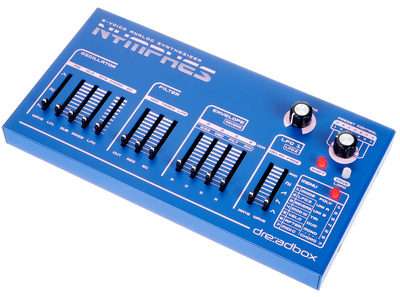
You are currently viewing a placeholder content from YouTube. To access the actual content, click the button below. Please note that doing so will share data with third-party providers.
You are currently viewing a placeholder content from YouTube. To access the actual content, click the button below. Please note that doing so will share data with third-party providers.
One response to “NymphCC software controller/editor for Dreadbox Nymphes with added CV control and Polychaining”

 5,0 / 5,0 |
5,0 / 5,0 | 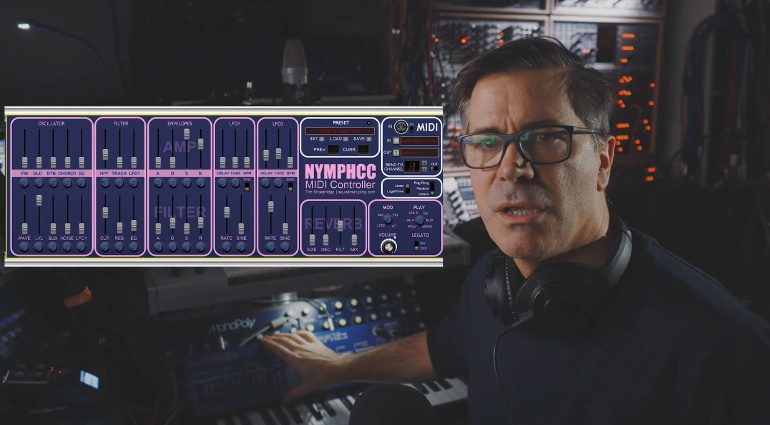
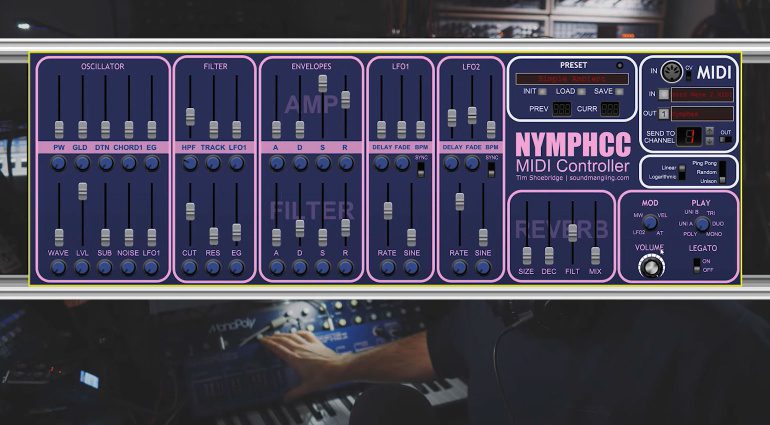
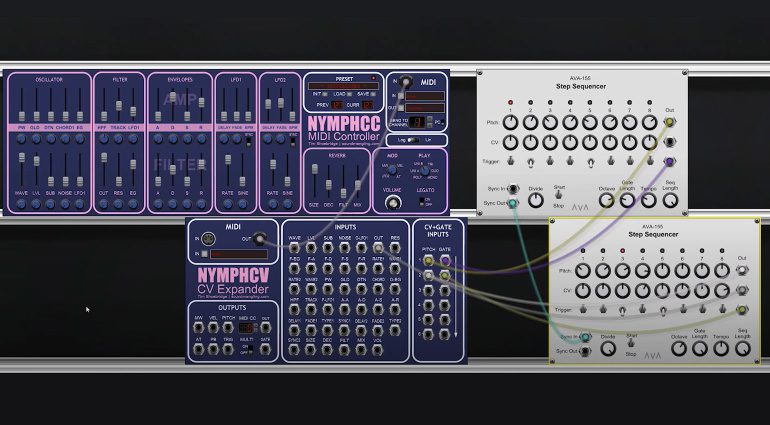



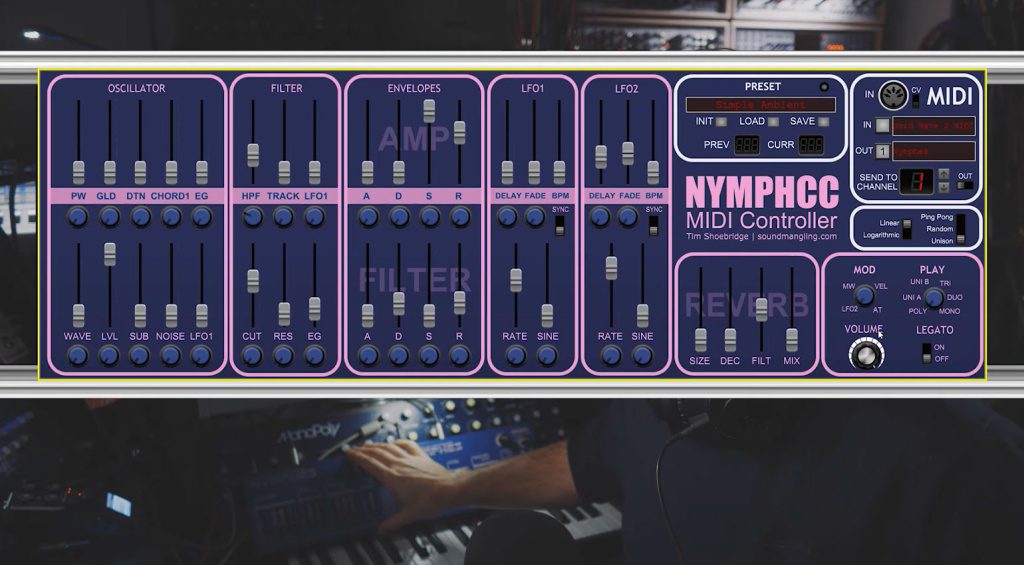
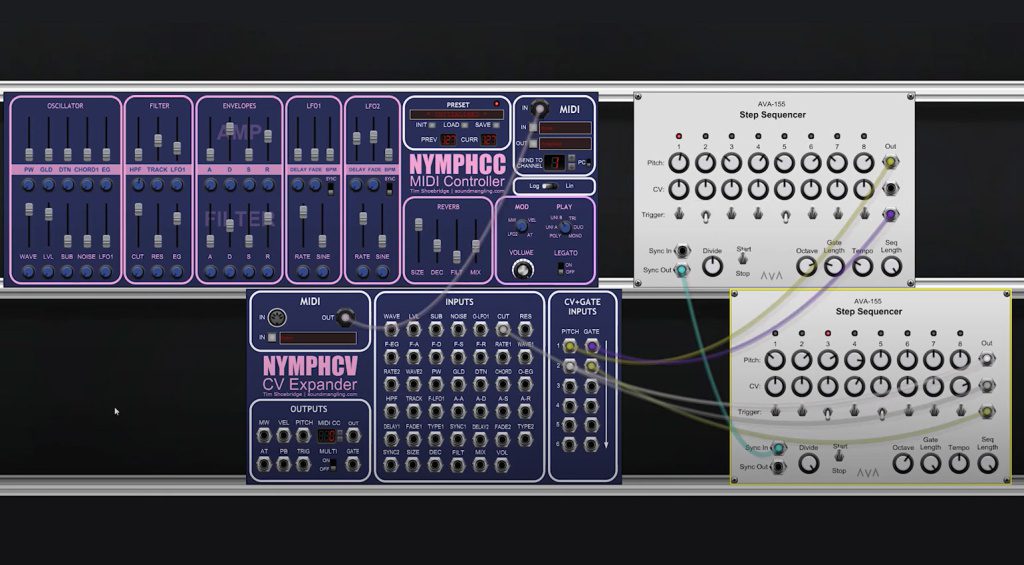

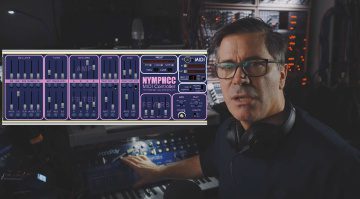

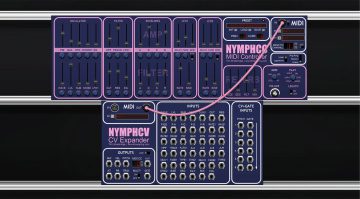

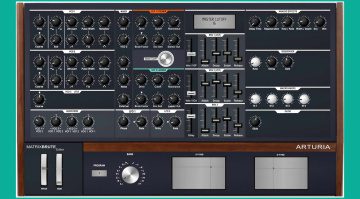

This looks great.
Although I don’t own a Nymphes I do use Voltage Modular a fair bit.
As you have said, would be great to see more hardware synths integrated into Voltage Modular.